Why is it necessary to calculate the luminance uniformity of wet road surfaces?
Recently, someone asked me why there are two values of Uo in the road lighting requirements given by the client.
Indeed, why are there two Uo values?
The road lighting standard we are most familiar with is the CJJ45-2015 “Design Standard for Urban Road Lighting,” which is widely used in our country. In this standard, Uo refers to the overall uniformity of road surface luminance.
Moreover, there is only one Uo value in this standard.
So, why does the aforementioned client’s request include two Uo values?
This leads us to the international standard CIE115/EN13201.
In the requirements provided by the client, the road classification is A1, which immediately indicates that the applicable road classification standard is EN13201-1:2004. Those who have used DIALux 4.13 should be quite familiar with this standard.
Only in the EN13201:2004 road classification is there an A1 level.
By the time we reach 13201-1:2014, the road classifications have changed completely.
The illumination standard corresponding to 13201-1:2014 is EN 13201-2:2003, where the roadway lighting standards are as follows.
Wait, there is still only one overall luminance uniformity Uo. So, where is the other Uo? Don’t worry, if we look closely at the table, it specifies dry road surface conditions, which means there is also a standard for wet road surfaces.
Correct, the standard level for a dry roadway surface is ME, while the standard for a wet roadway surface is MEW, where the “W” stands for wet.
In this table, we find two Uo values: one for dry conditions with a minimum Uo value of no less than 0.4 and another for wet conditions with a minimum Uo value of no less than 0.15.
Since this is based on the EN13201-2:2003 standard, it means that illumination calculations can be completed using DIALux 4.13, which integrates the road lighting standards from 13201-2:2003. If using the 2015 version, DIALux evo would be required.
Now let’s try to calculate the lighting for this road according to the conditions.
According to client requirements, select the new street design case in the English interface, and then set the road conditions.
After setting the road conditions, select the luminaire photometric distribution. Based on the four-lane dual-directional road width, we prioritize Type III distribution and select either M or S distribution based on the ratio of pole spacing to pole height.
↑ This distribution is provided by DARKOO, featuring a glass lens material.
Import the selected luminaire photometric file and arrange the luminaires as per the client’s requirements.
Set the lighting standards and verify if the standard values match the requirements.
Set the optimization conditions and proceed with the optimization.
The optimization results indicate that the Over hang between 1-2m satisfies the requirements. We will choose the shortest Over hang to save on pole material.
Import the results and calculate the final outcome.
This yields the calculation results that meet the client’s conditions, allowing us to export the report.
At this point, some may question why there are no requirements for wet road surfaces in domestic road lighting standards. Is it necessary to calculate for wet surfaces?
Actually, the “CJJ 45-2015 Design Standard for Urban Road Lighting” mentions that “the illumination indicators under dry conditions do not meet those under wet conditions. For instance, the overall uniformity of brightness, where a dry condition Uo of 0.4 makes it very difficult to reach 0.2 under wet conditions, yet no standard values for wet road surfaces are given.
The road surface standards in CIE115/EN13201 are set in accordance with CIE 47-1979 “Road Lighting for Wet Conditions.” This standard includes 4 tables in the R series, 4 in the N series, 2 in the C series, and 4 in the W series, to meet rough road surface luminance calculation needs.
However, most of these standard data tables originate from studies conducted by European scientists in the 1960s and 1970s on typical road materials of that time, which differ significantly from the road materials currently in widespread use in China. Due to the lack of research on the reflective characteristics of road materials domestically, there is currently no standard reflectance data for road materials in China. Thus, our domestic standards have not set illumination standards for wet road surfaces.
Of course, this does not imply that the illumination indicators for wet road surfaces are unimportant; in fact, they are quite crucial.
As shown in the above image, the last image’s luminance uniformity for wet road surfaces differs greatly from that of dry road surfaces, significantly affecting drivers.
Friends who have driven on rainy nights should all have the experience that the visibility on rainy roads is indeed very poor.
Thus, there should be standards for road surface illumination indicators for wet conditions.
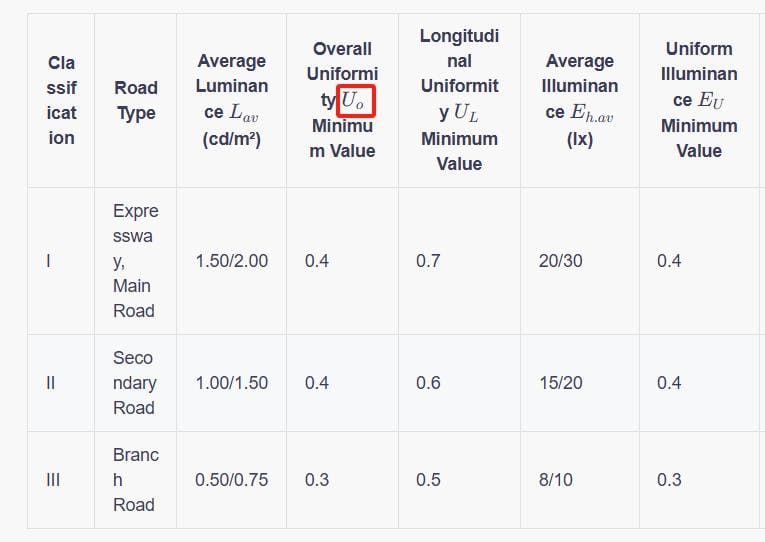
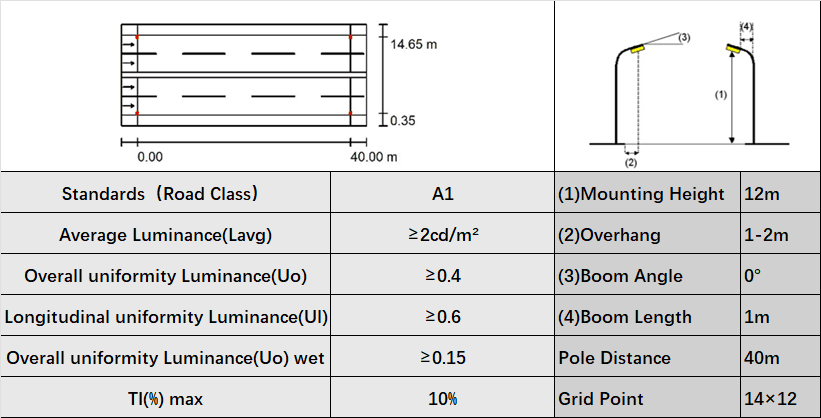
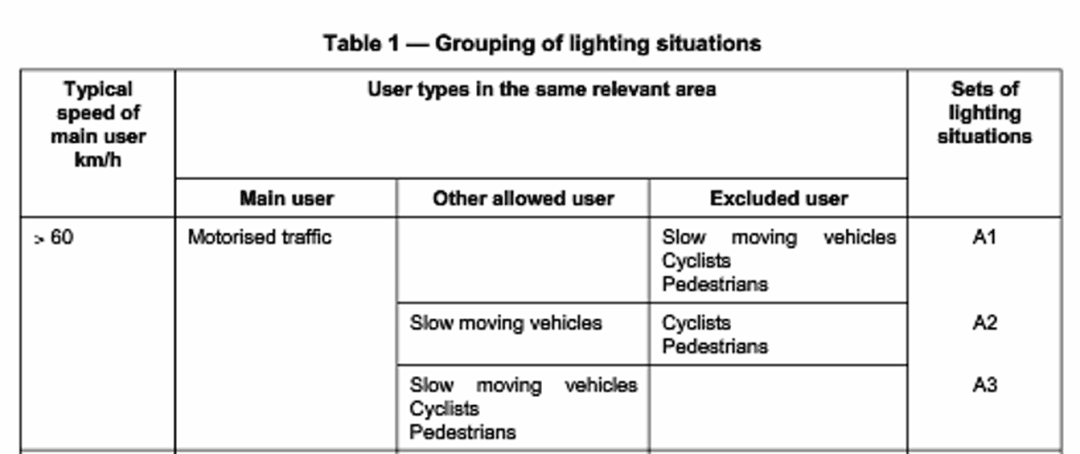
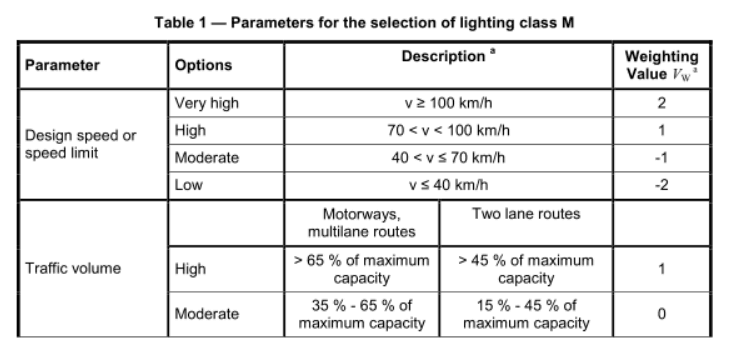
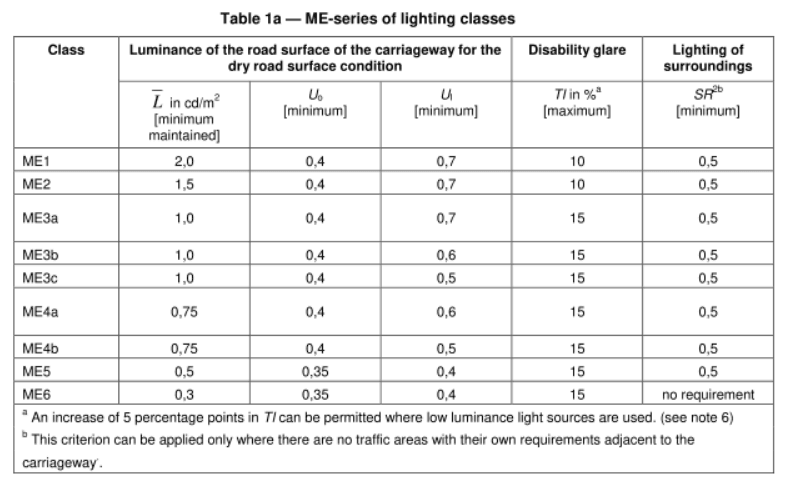
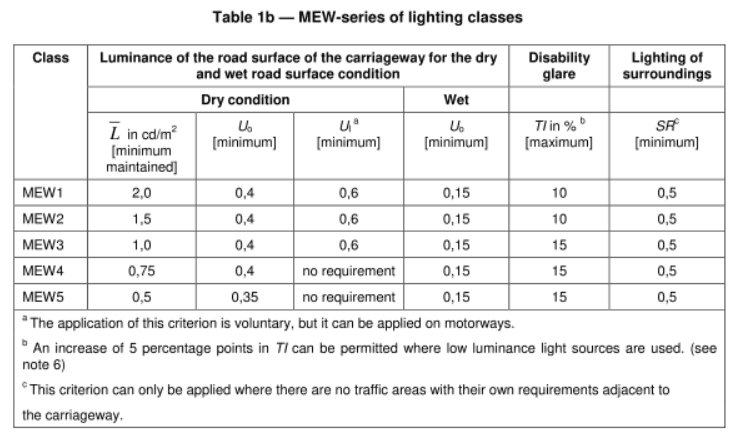
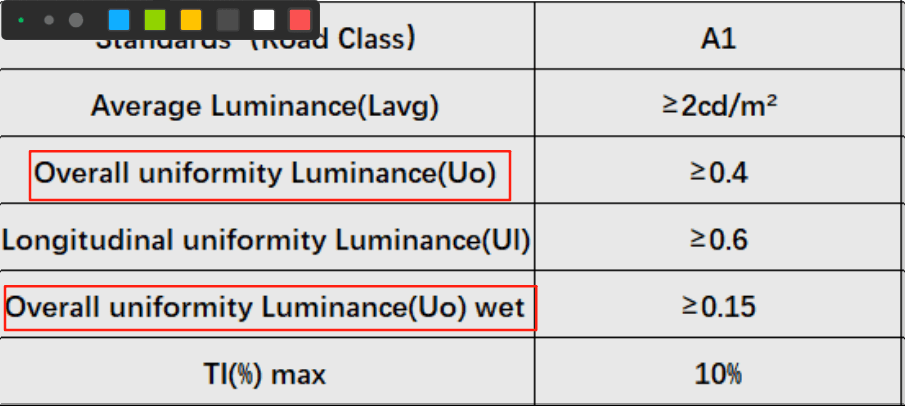

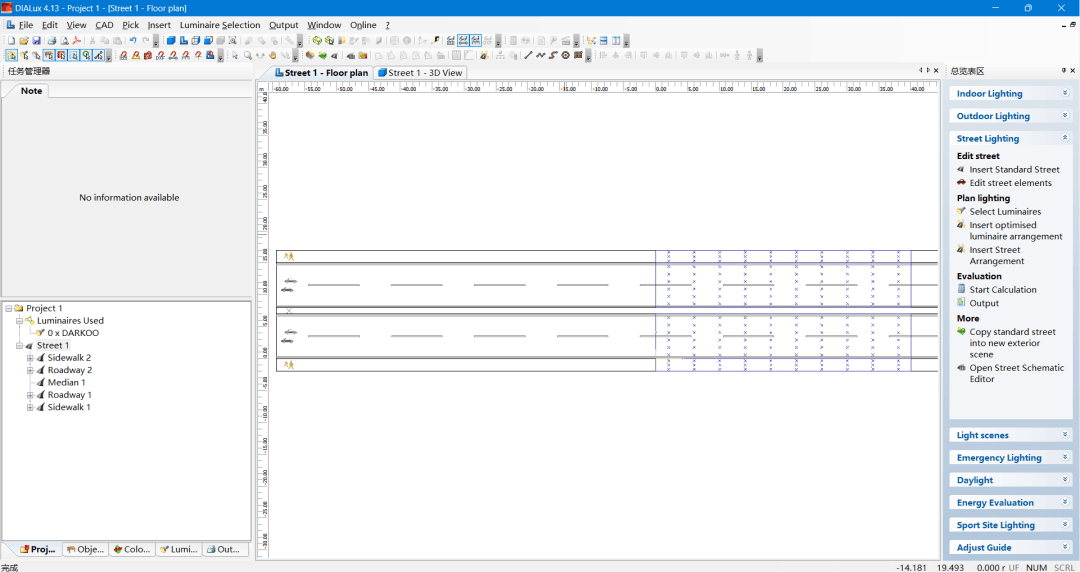
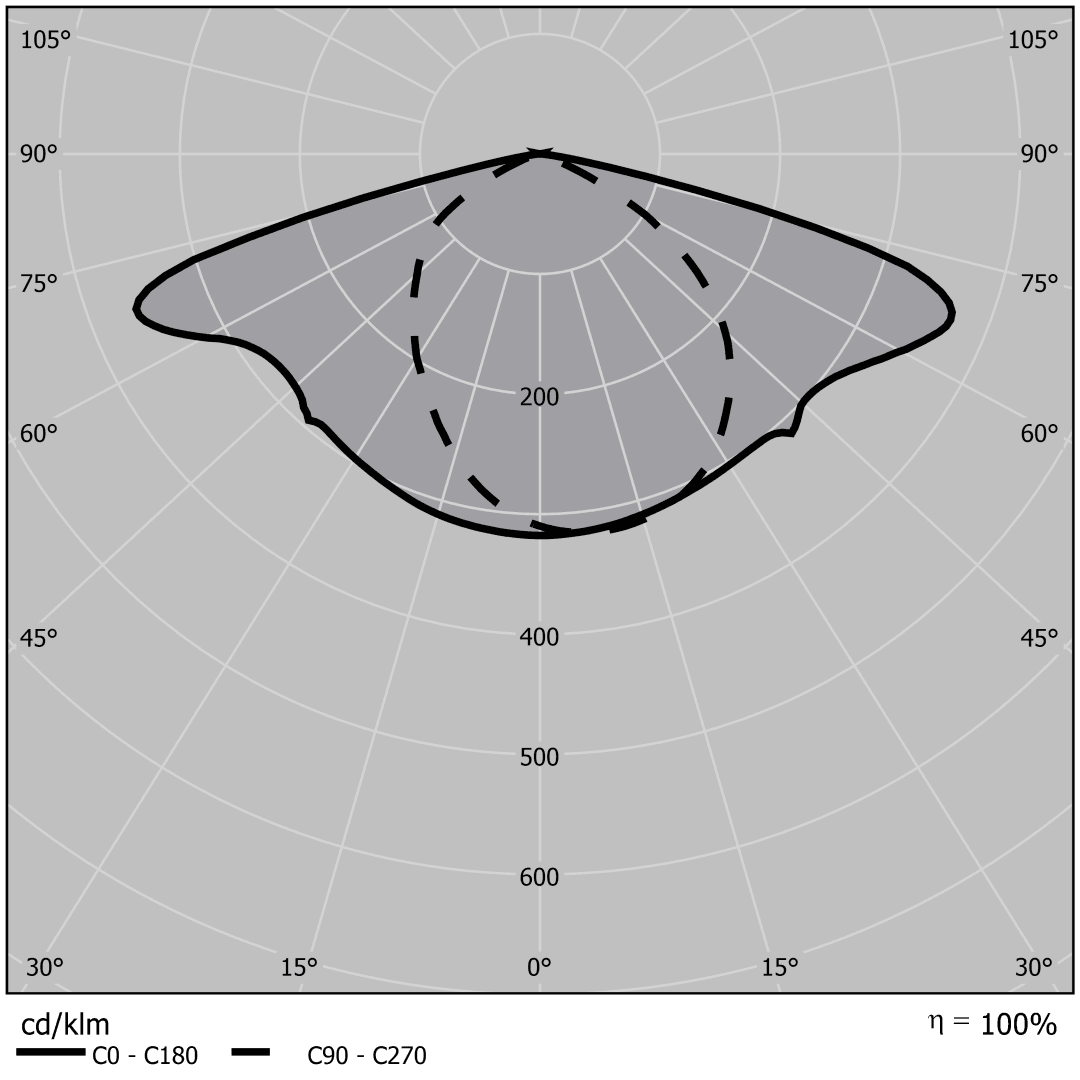
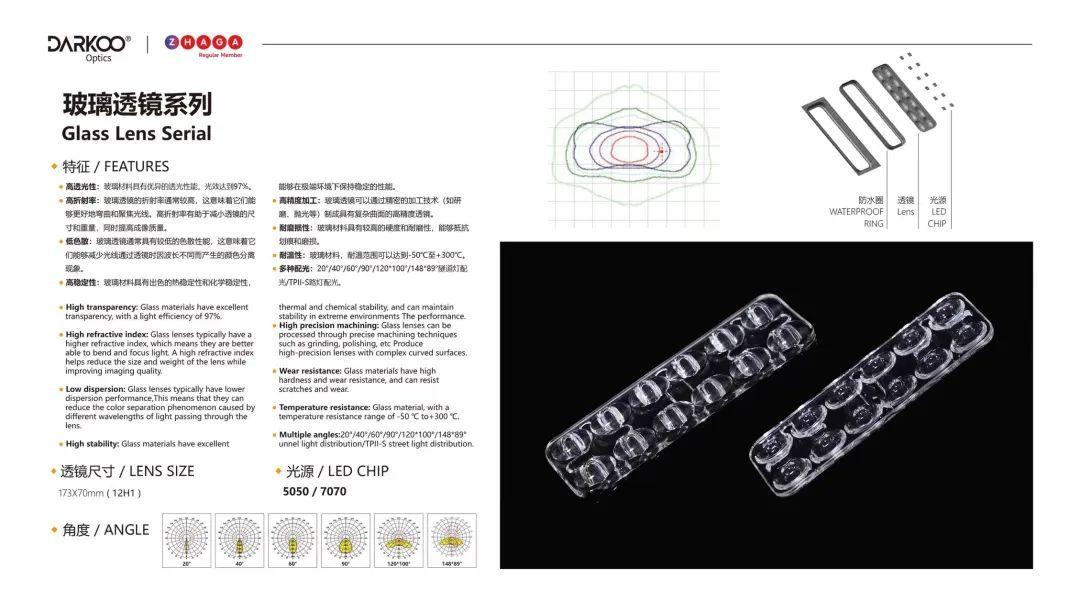
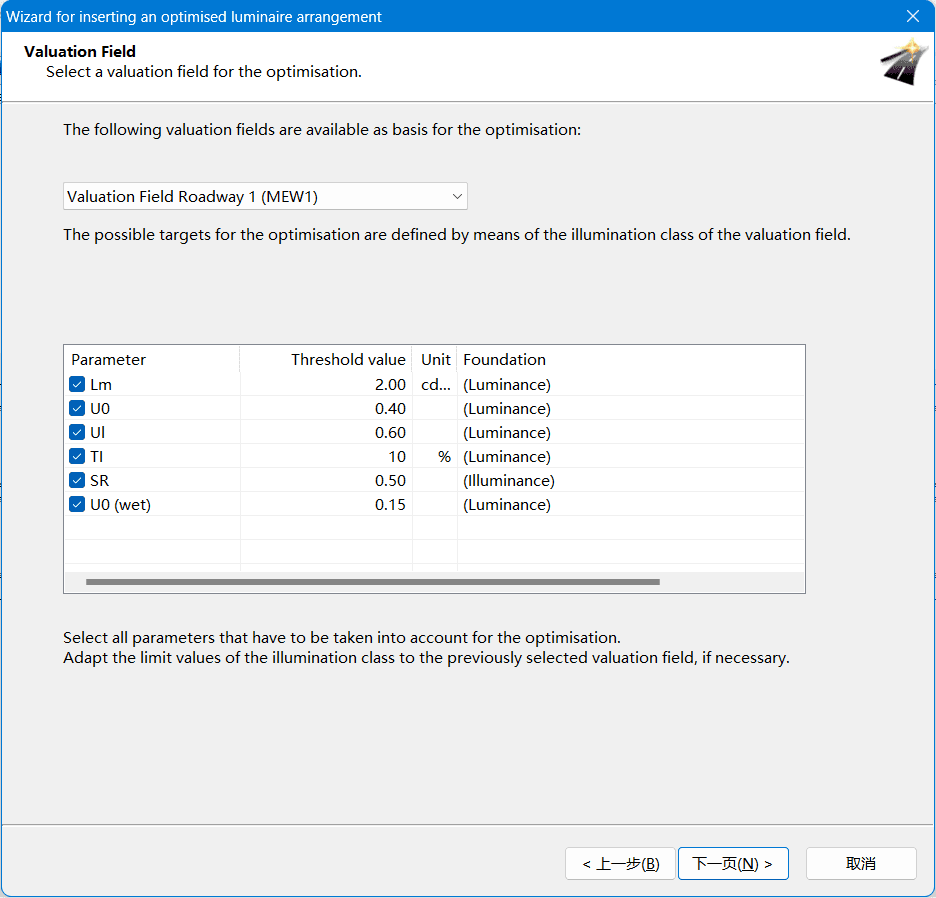
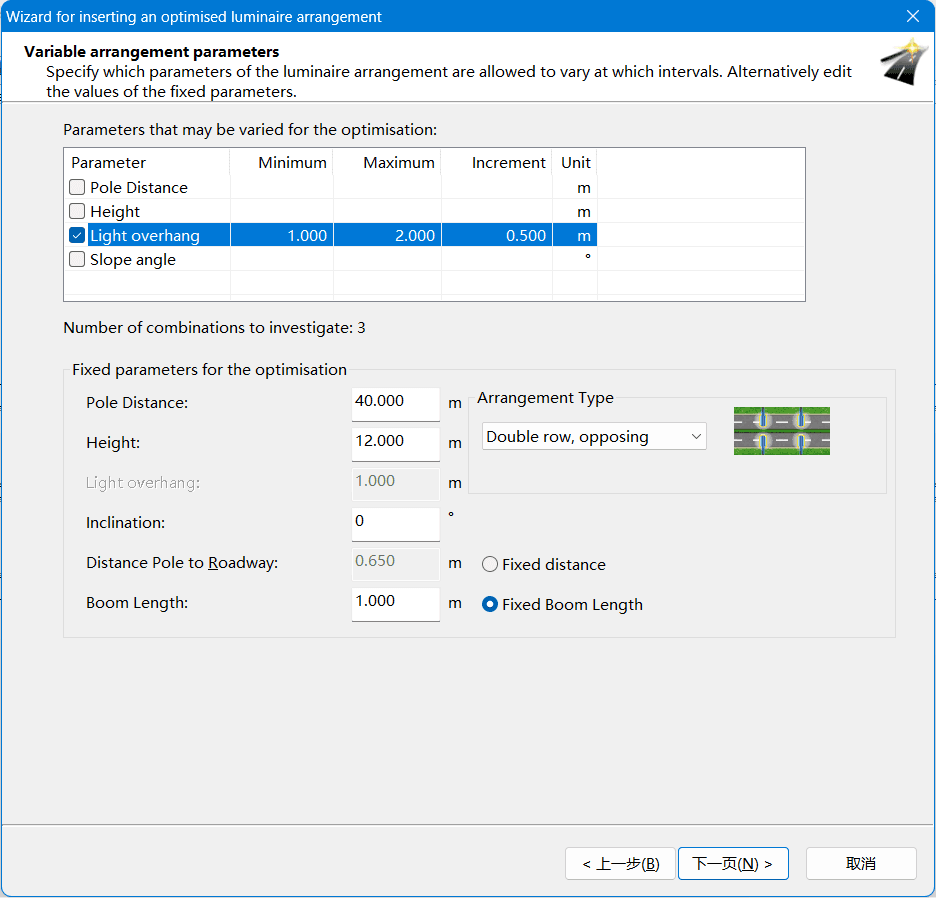
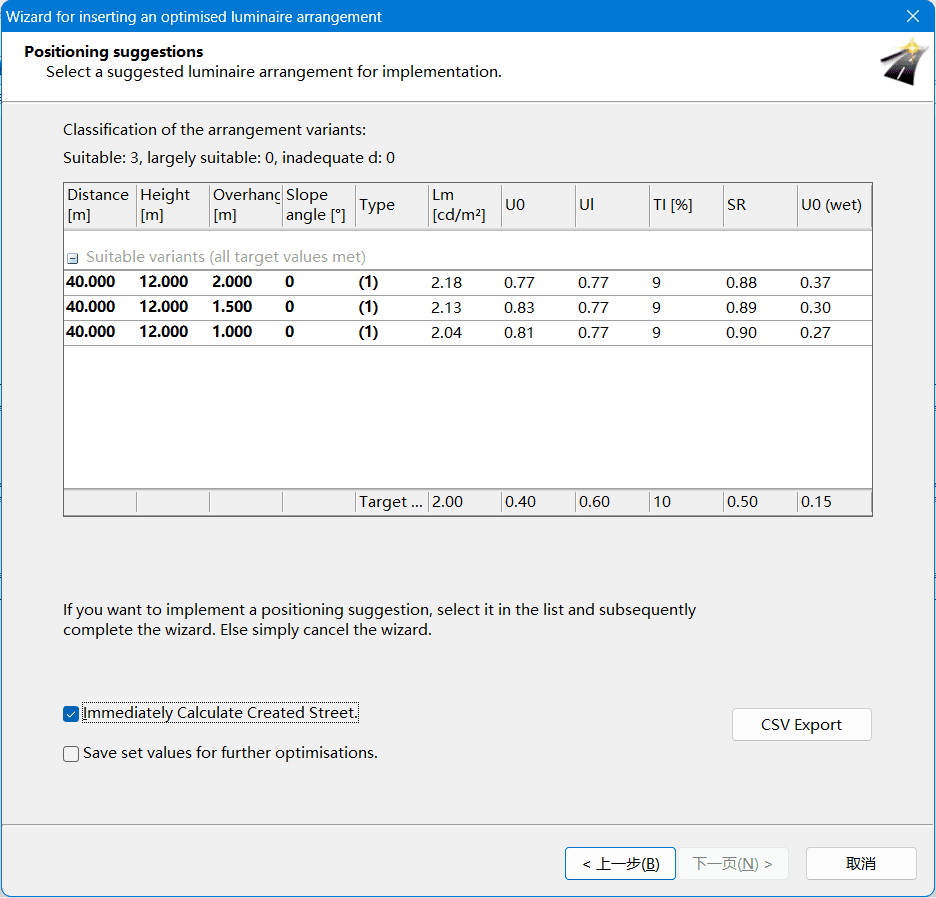
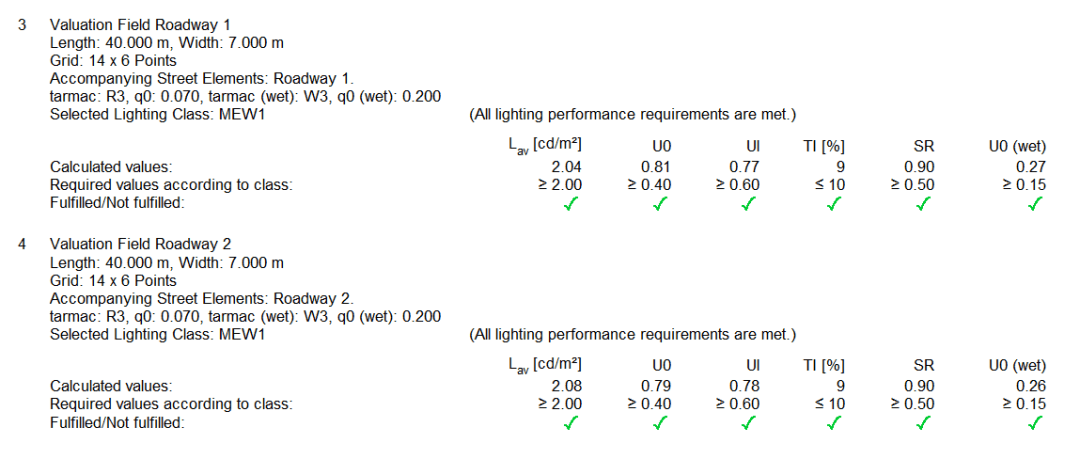
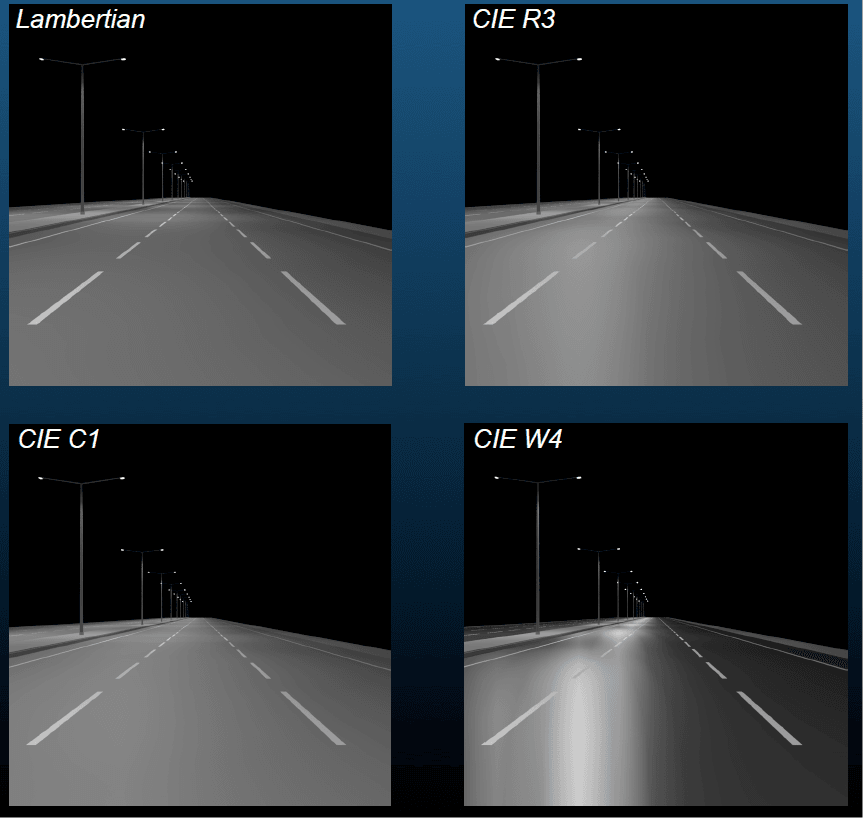
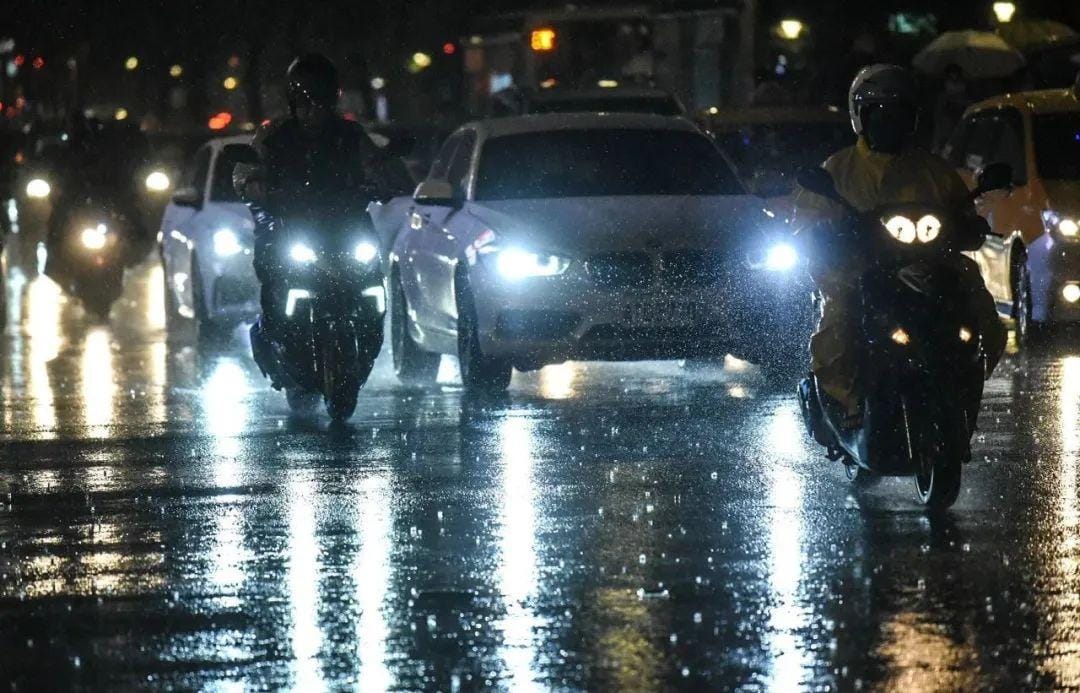


















 ODM photovoltaic power generation and industrial and commercial energy storage...
ODM photovoltaic power generation and industrial and commercial energy storage...